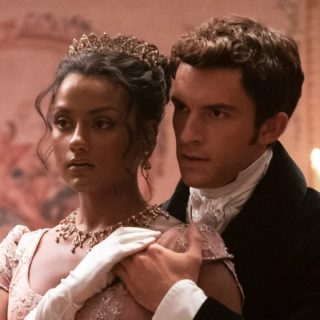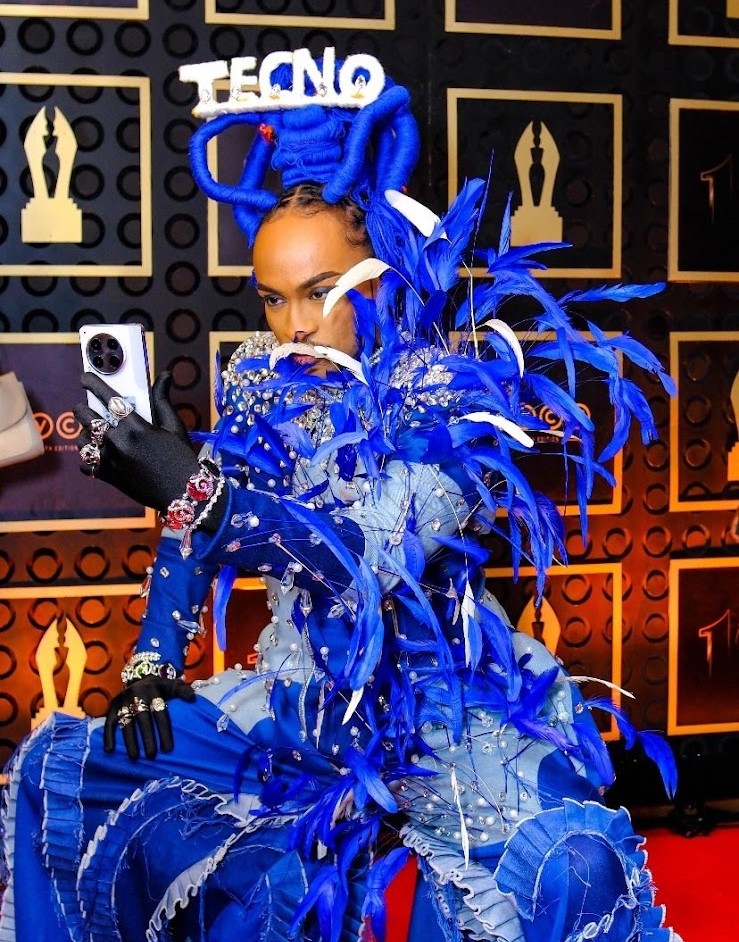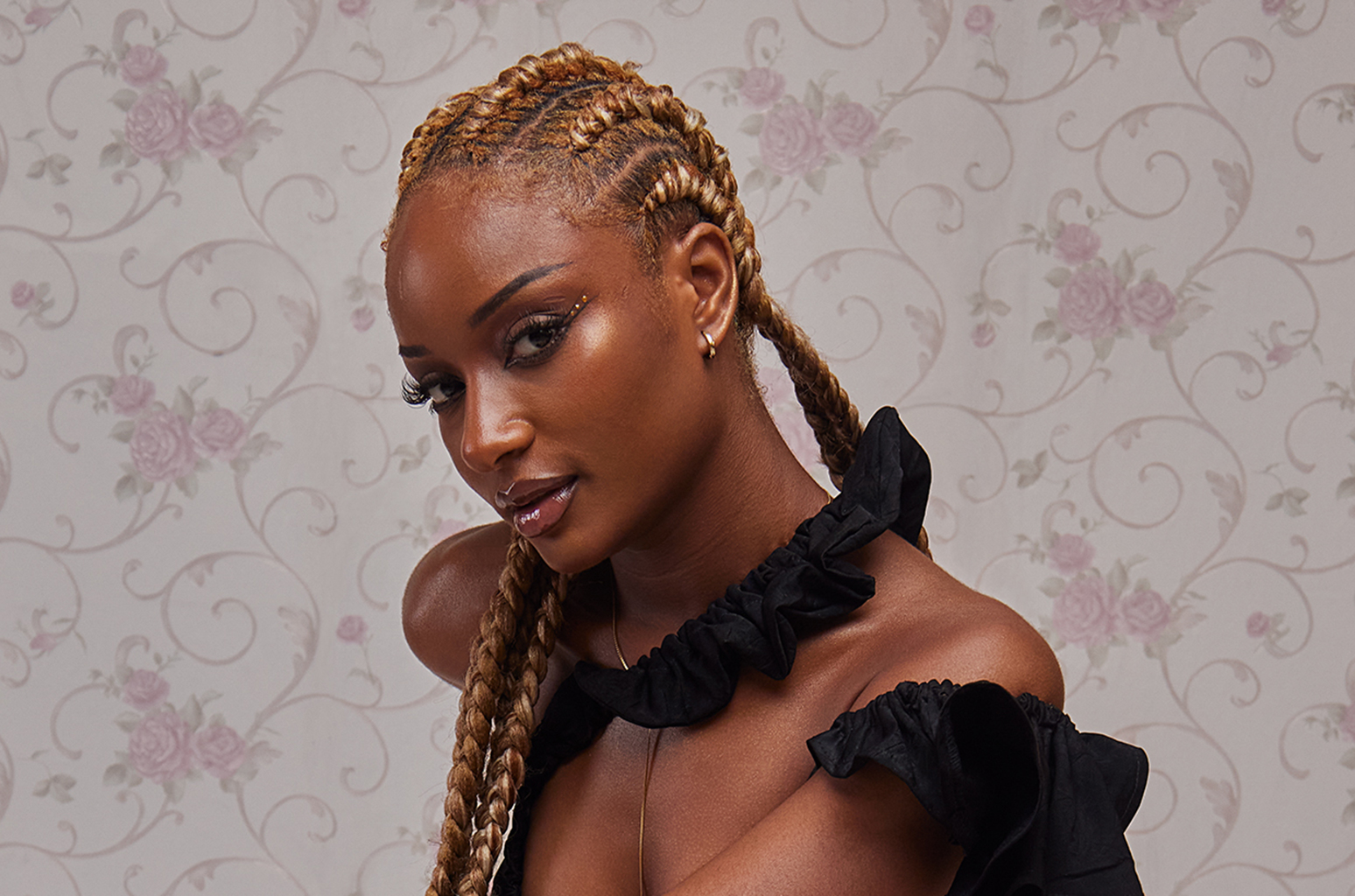By S.A.D Alaka
Disney has released a ka-toon that’s made by Nigerians for Nigerians, based on Nigerian culture. “Iwaju” is a Nigerian sci-fi series set in a futuristic Lagos State, and as of February 28, 2024, all six episodes are on Disney Plus and the Disney Channel.
These episodes didn’t leave me wanting to binge the whole thing in a day just to see how it ends, but the animation is beautiful, and the creators did a good job with setting up Lagos. However, some of their choices had me asking questions.
Why do hawkers have drones?
In Lagos of the future, street hawkers not only still exist, but they use sophisticated drone technology to sell their wares. But regular vehicles also exist. Enough of them that traffic is still a thing in the future (because, Lagos, of course). When the main character’s driver uses their car’s flying function to escape a traffic jam, it’s clear that flying cars are a luxury that few enjoy. So what’s the point of investing in drones for street hawking? Surely it’s more lucrative to sell to the people who can’t escape a traffic jam (AKA the perfect condition for street hawking).
We still don’t have light in the future?
Are you kidding me? Drone technology is available to hawkers, and we’re still shouting “Up NEPA!” in the future? When we’re not cursed, abeg. I can’t even tell if this is realistic or not, and that’s what bothers me the most.
Why the Agege bread?
The question isn’t, “Why is there Agege bread in the future?” because Agege bread transcends time. It’s also not, “Why is the main character’s rich dad eating Agege bread?” because Agege bread transcends social status. My question is, “Why did the driver say, “By the way, sir, I bought you Agege bread” in the middle of a conversation, then pull out steaming hot Agege bread from where I can only assume is under the dashboard? There were better ways to include Agege bread in this scene (like, I don’t know, buying from the drone-operating hawkers?) Also, call me an ajebutter, but I don’t think I’ve ever seen steaming hot Agege bread.
What happened to the main character’s mum?
The obvious answer to this question is, “This is Disney. She’s obviously with the ancestors” and that’s fine. The real problem is she’s never mentioned, not even in passing. Usually, when the main character argues with their father because they want freedom, they’ll yell, “When Mom was here…,” sad music will play, and they’ll both be sad for like two minutes. If her mother is dead, they seem to have taken it rather well. Therapy must slap in the future.
Why does the Yoruba sound so white?
Voice acting has always been my biggest issue with Nigerian animation. And to its credit, most of the voice acting in “Iwaju” isn’t bad. They even avoided what I affectionately refer to as the “Wakanda Accent”. However, when the characters want to speak pidgin (or even Yoruba), the results are awkward, to say the least. Tola gets off easy since it’s established that she’s sheltered. But Kole is supposed to be the guy from Ajegunle. His pidgin shouldn’t sound so odd.
How do I get the villain’s glasses?
The villain’s glasses look clean as hell, but more importantly, they can scan the net worth of anyone he sets his eyes on. He uses it to kidnap children, but that’s beside the point. Can you imagine running into them “Do You Know Who I Am?” kids and pulling out the Broke Detector 3000s? You’d be able to expose their BS twice as fast. Apple or Meta should get on this, abeg.
Have you watched it yet? What questions did you have?
Meanwhile, did you know: African Animation Is on the Rise, and These 7 Shorts Prove It




